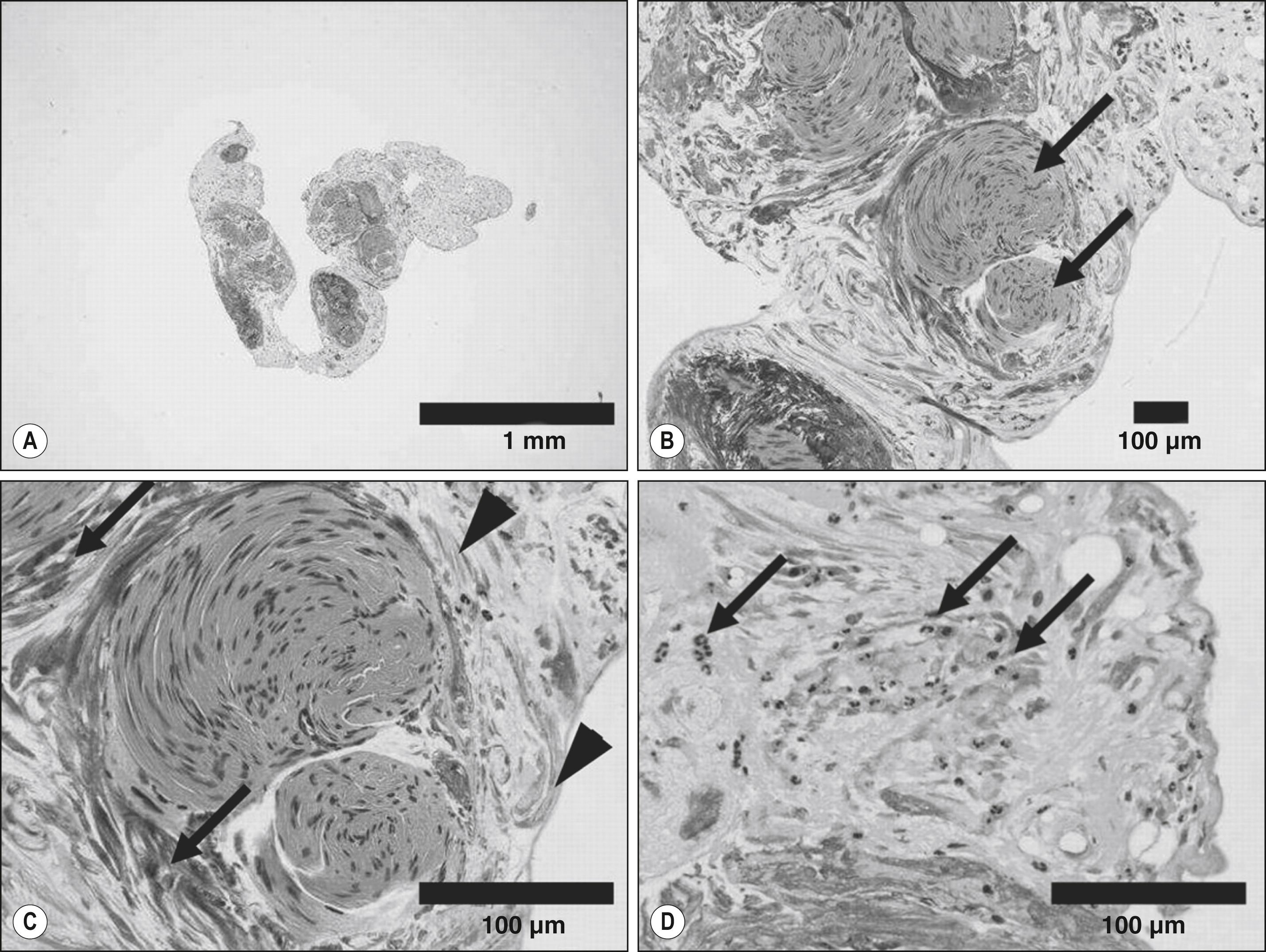Physical Address
304 North Cardinal St.
Dorchester Center, MA 02124
Filamentary keratitis is an ocular surface disease characterized by the presence of filamentous material attached to the corneal surface.
The development of filaments is multifactorial and can be associated with various ocular surface diseases, most notably dry eye disease.
Management can be challenging, and recurrences are common.
Treatment of underlying ophthalmic or systemic conditions is crucial to successful management.
Medical therapy includes topical tear substitutes, hypertonic saline solutions, mucolytic agents, topical nonsteroidal antiinflammatory drugs, topical steroids, and autologous serum tears.
Bandage contact lenses are effective in the treatment of filamentary keratitis.
Mechanical debridement alone typically results in recurrence of filaments.
Filamentary keratitis (FK) is an uncommon ocular surface disease associated with formation of filaments attached to the corneal surface. These filaments are composed of a complex of epithelial cells, mucus, and inflammatory cells. FK is a clinical diagnosis made on biomicroscopy examination. Filaments are visible as gelatinous strands or protrusions attached to the corneal epithelium of variable size, shape, and distribution. FK is typically associated with other ophthalmic and systemic diseases, most often dry eye disease with or without Sjögren syndrome. Patients with FK typically suffer from eye pain and foreign body sensation. Symptoms can be severe and sometimes debilitating. The treatment of FK can be challenging and requires the management of dry eye disease and any associated ophthalmic or systemic diseases.
The corneal epithelial surface consists of nonkeratinized, squamous epithelium five to seven cells thick. The basal cells comprise the innermost layer of the epithelium. As the surface is approached, cells undergo modification to wing cells and then to flattened squamous superficial epithelial cells. The basal epithelium is attached to the underlying cornea by basement membrane, hemidesmosomes, and anchoring fibrils. The superficial corneal epithelial cells are characterized by numerous microvilli that interdigitate with the mucus layer of the tear film.
Corneal filaments are composed of a variable combination of degenerated epithelial cells and mucus. Immunostaining by Tanioka et al. demonstrated that filaments are composed of a central core of corneal epithelium surrounded by peripheral mucin, conjunctival epithelium, DNA, and inflammatory cells ( Fig. 86.1 ). The histopathologic findings described by Lim et al. also demonstrated a central filament composed of a core with deformed nuclei and cortex that was surrounded by peripheral mucin. However, earlier work proposed that filaments are composed primarily of mucus with epithelial cells, lipid, and foreign matter attached secondarily.

Various theories have been reported on the mechanism of corneal filament formation. Current literature suggests that FK is likely caused by a combination of factors including: (1) damage to corneal epithelium, basement membrane or Bowman layer, (2) aqueous tear film deficiency, and (3) mechanical friction from the palpebral surface.
Earlier studies have suggested that the development of filaments is a result of damage to the epithelial basement membrane and Bowman layer. Postmortem histopathologic examination of a case of FK by Zaidman et al. demonstrated inflammatory cells and fibroblasts below the basal epithelium. The authors hypothesized that damage to the basal epithelial cells, epithelial basement membrane, or Bowman layer results in focal areas of epithelial basement membrane detachment due to the shearing forces of blinking eyelids. The raised epithelium then acts as a receptor site for the increased mucus and debris that is produced in response to the irregular corneal surface.
Other authors have postulated the origin of the filament is the corneal epithelium. According to this theory, focal degeneration of the corneal epithelial cells allows mucus to attach. Surrounding epithelial cells migrating to the area of the focal defect also become covered by mucus creating a protuberance that further elevates from migrating epithelial cells creating a filament.
FK is known to have a high association with states of aqueous tear deficiency. Changes in the ratio of mucus to aqueous may predispose to the formation of filaments. A lack of tear production may result in the increased production of mucus by conjunctival goblet cells. Because mucus serves as a disposal system for exfoliated epithelial cells, the requisite elements for filament formation may be present in dry eye states. Aqueous tear deficiency both diminishes lubrication and also alters the viscosity of the mucus layer, leading to epithelial defects. Meibomian gland dysfunction results in an abnormally viscous, lipid layer that can attenuate the tear break-up time, fractionate the mucus layer, and desiccate the epithelial layer. The increased blink rate present in dry eye disease may further injure a tenuous corneal surface.
Finally, mechanical friction on the corneal surface may be a contributing factor to filament formation. Some studies have suggested that the mechanical movement of the bulbar surface under the palpebral conjunctiva during blinking and eye movement is involved in production of the filament core. These variables of abnormal ocular surface, altered mucus or tear chemistry, and mechanical damage may comprise the final common pathway for filament formation.
Become a Clinical Tree membership for Full access and enjoy Unlimited articles
If you are a member. Log in here